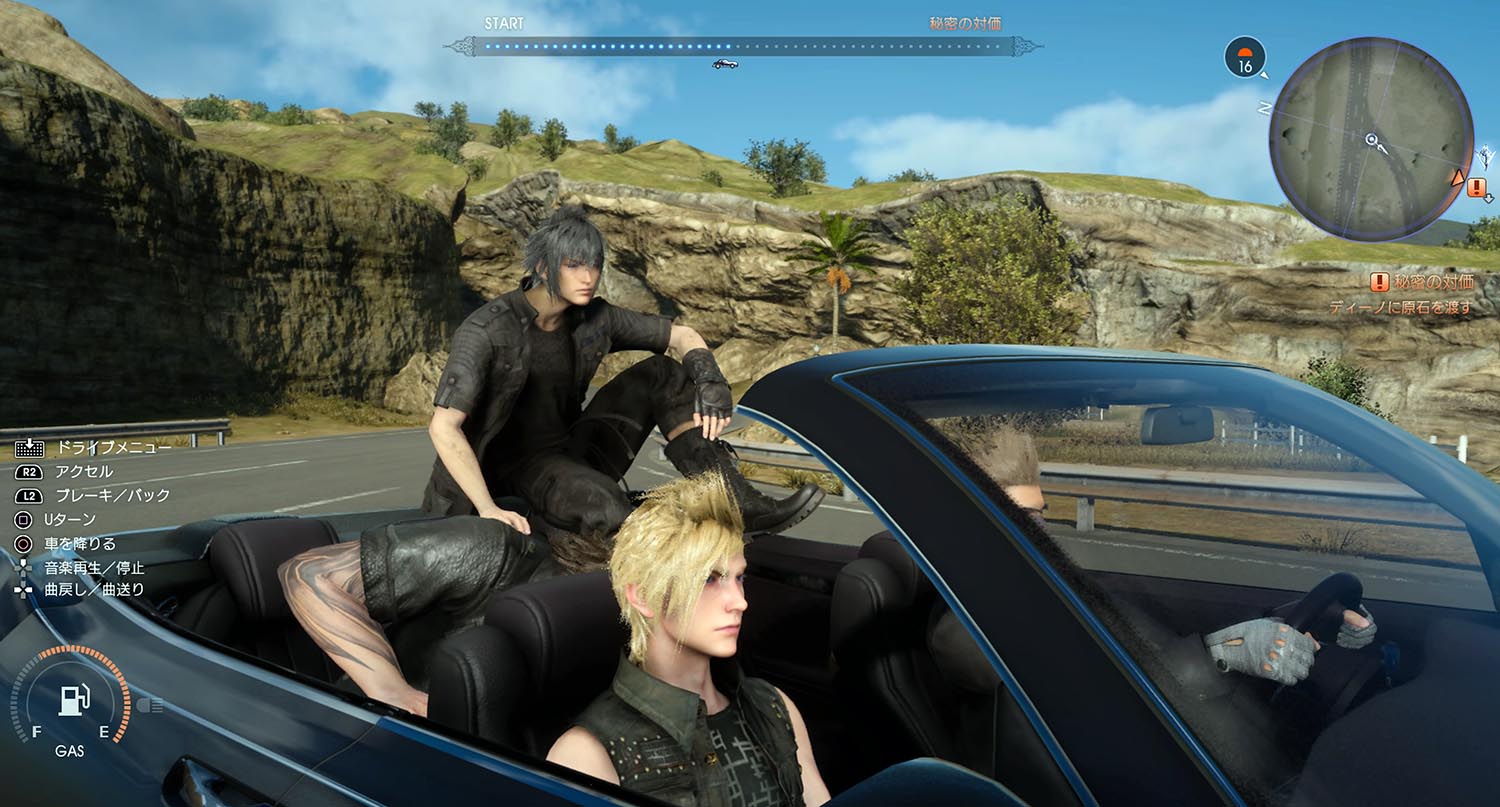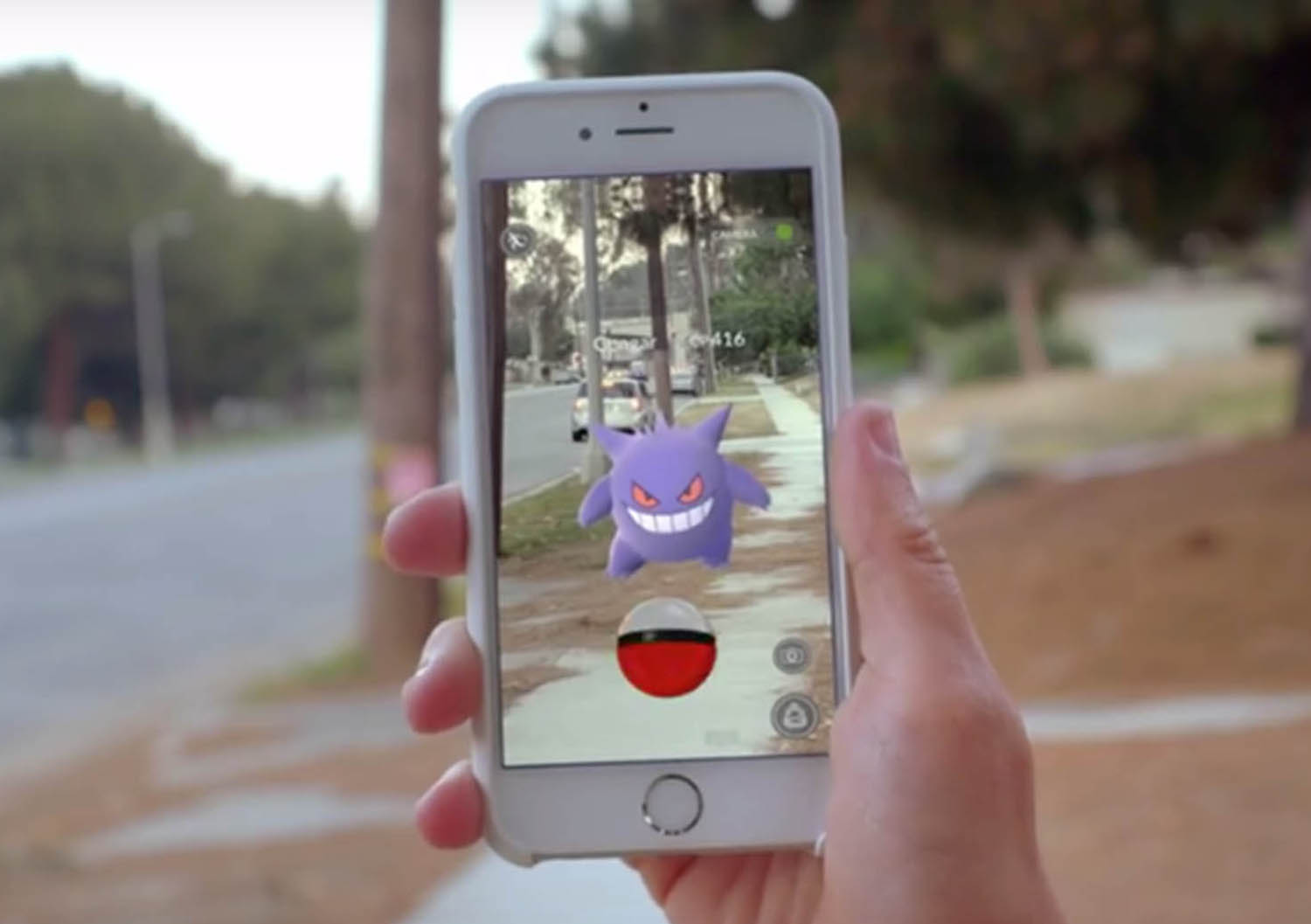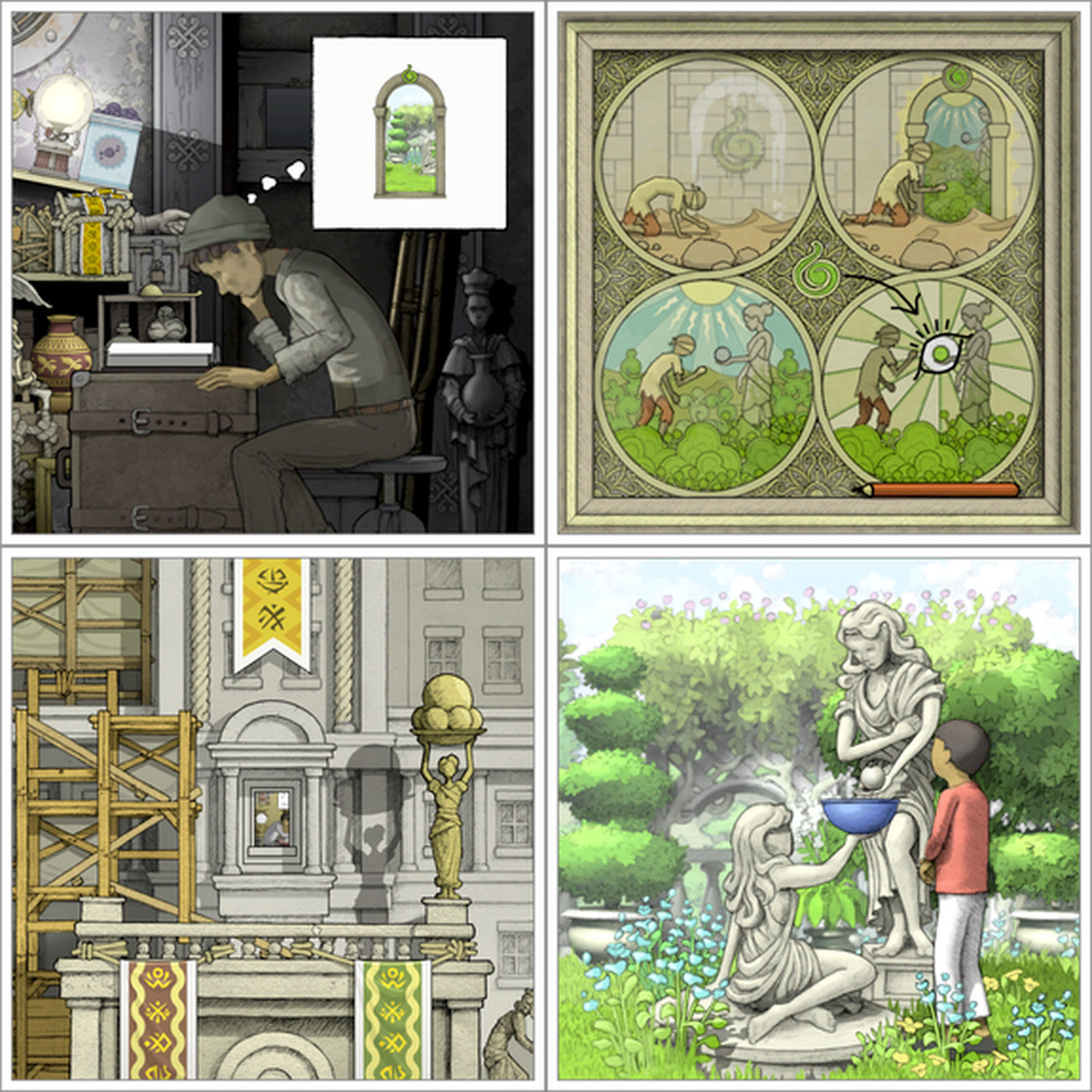Game State is a column by artist Oliver Payne covering the mechanics, aesthetics and ideas of video games.
In 2007, Infinite Interactive had the masterstroke of implanting an RPG leveling system into an abstract gem-matching game and called it Puzzle Quest, a charming combination of two addictive and satisfying video game formulas — gem-matching puzzles like Bejeweled (PopCap Games, 2001) and the turn-based combat and strategy of classic role-playing games such as Bards Tale (Interplay Entertainment, 1985) and the Final Fantasy series (SquareEnix, 1987–present). Japanese game developer GungHo, in turn, took this specimen back to their lab and created something so powerful that by 2017 the game, Puzzle and Dragons, had been downloaded some forty-seven million times in Japan. That’s sixty percent of the Japanese population.
GungHo tried to develop video game crack but instead made video game Prozac.
To say that free-to-play games can be habit forming is an understatement, and one might question the legality of some of the business practices employed by developers of these games. Companies like GungHo, King, PopCap, and Zinga tend to have one remarkably popular game and aim to maximize its revenue, selling it off once in-app purchases have dwindled — ideally mere moments before it dies its final download. As the name suggests, these games cost nothing to download and are free to play. However, the user’s playtime and overall experience is frequently stymied by imposed prohibitions. Features may lock or enter a cool-down period wherein one must wait several hours before playing once more. These sorts of restrictions typically can only be overcome by spending money. The real bête noire of F2P games, however, is the loot box and other randomized virtual grab bags that bare an uncanny resemblance to legal gambling aimed at children. The vast majority of players never or very rarely make in-app purchases, and only do so when they feel absolutely forced to. Even so, these rare indiscretions throughout a colossal install base add up over time. Millions of users need only exercise a few dollars worth of injudiciousness to produce staggering profits.
Puzzle and Dragons, or PAD, has dominated the Japanese download chart since its introduction in 2012. Six years of sustained play is remarkable among the one-hit wonders of the mobile market. To put things into perspective, in April 2013 it was the number-one grossing app in the world on iOS and Android. At the height of the game’s popularity, in 2014, the second-highest earning game, Big Fish Casino (Big Fish Games, 2012), made $2.07 on average per user from in-app purchases; PAD made five times that amount at $11.89 per user. Crucially, PAD players never complain of feeling forced to spend money. They see it as a choice. They spend magic stones on stamina not because they feel they must, but because they feel impatient and decadent.
Put simply, PAD takes the premise of Puzzle Quest and adds a third compelling game element lifted from monster-training games like Pokémon and Yo-Kai Watch (Level-5, 2013).
You capture and train monsters in order to fight other monsters, moving through a succession of progressively tougher dungeons. The combat itself is effectuated through a series of match-three puzzles, performed by gliding variously colored orbs across the screen with your fingertips. The colors of each orb relate to your monster’s particular skills. The monster and its inherent skills and strengths evolve by fusing together other monsters acquired throughout the game. Monster acquisition can be achieved by progressing through dungeons or in-app purchases. Shopping for monsters itself is a gamble as they are dispensed at random with the drop of a coin, or magic stone, into a monster-shaped bubble-gum machine.
Collect monsters to fight monsters to feed to monsters to collect monsters. So many monsters! Over four thousand! And so much to do! So much, in fact, that it’s hard to define what actually constitutes the real substance of the game.
PAD is a surgically precise synthesis of systems found in F2P genres that are based around motivational magnets and incentive salience. Dozens of entwined systems are working together, developing layers of positive feedback loops. It’s a dizzyingly deep and complex game that can be casually consumed in conveniently concise doses. Every single monetization technique is being used in the most effective and efficient manner. Consecutive daily login bonuses and limited-timed events, such as rare monster carnivals, draw players in for a few minutes each day. Players are goaded with relentless endorsements and tie-ins with juggernaut manga, anime, film, and game franchises as well as more unlikely companies such as 7-Eleven and Japanese fashion giant BEAMS.
These sorts of things are so studied that when something isn’t very good, chances are it knows it is exactly the minimum amount of good it has to be in order to still work. For example, PAD has a two-song soundtrack and only a handful of dungeon backgrounds. It’s a role-playing game without a story, just pure mechanics. Nothing but exposed parts and cold, hard stats.
Diligent attendance, patience, and studied strategy are rewarded by incremental improvements in an increasing roster of ever more rare and powerful monsters. Without spending a single cent, a player can coast along for years. PAD has been a reliable constant in people’s lives. No sudden swings or unexpected ups and downs, just a perfectly balanced game that goes on forever.
But in the past couple of years, interest in PAD has waned. In January of 2017, GungHo shut down its Chinese server, and Europe has recently suffered the same fate. GungHo’s pockets are bulging slightly less with each year; for 2017 the firm reported net sales of $840 million, a 17.9 percent decrease from the $1.02 billion achieved in 2016.
GungHo’s proposed response to the decline in players says much about why they may finally be leaving. Earlier this year, GungHo upped their TV ad spending by almost fifty percent and announced plans for a solution dubbed “Project 2018”: anime, toys, spin-off games, manga, live eSports tournaments. These five pillars are all based on human connections, emotions, and stories. The narratives of the manga and anime will center around the excitement of the tournaments.
If people are walking away in droves, perhaps it’s because they just want to feel something again. Anything. The game has cavernous depths but just a glimpse of a soul.



